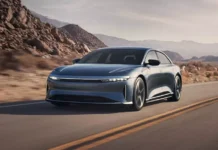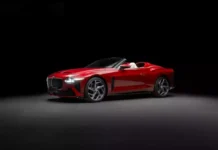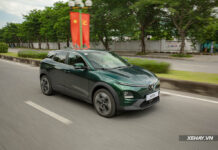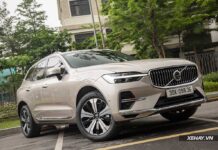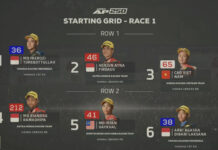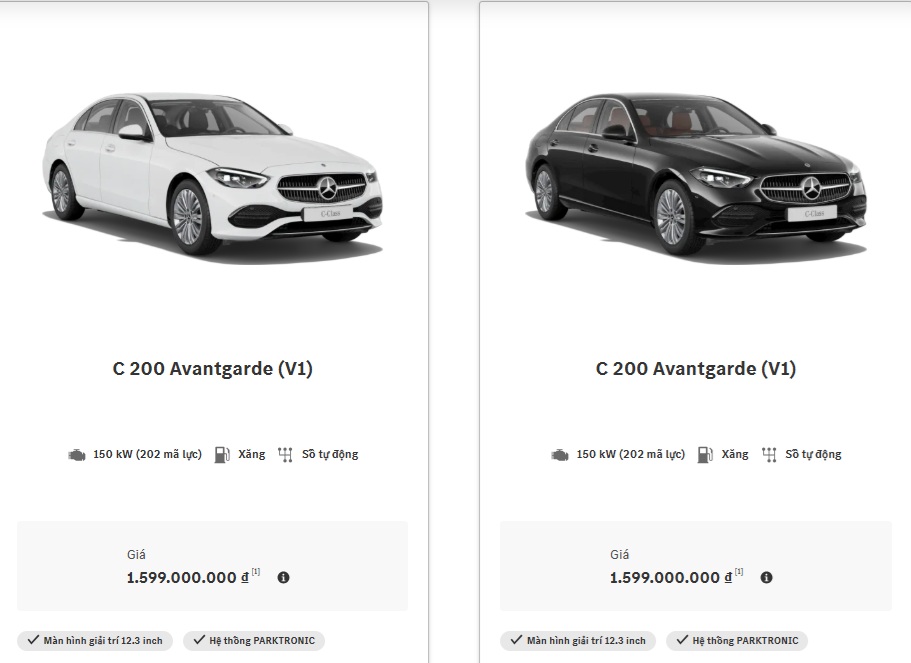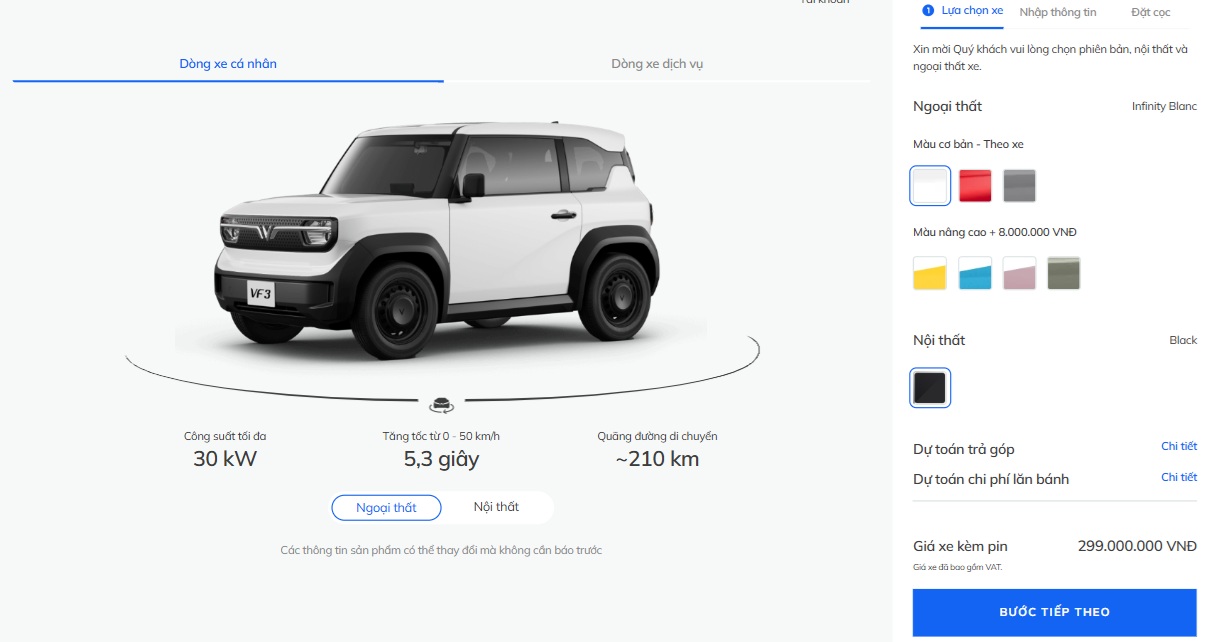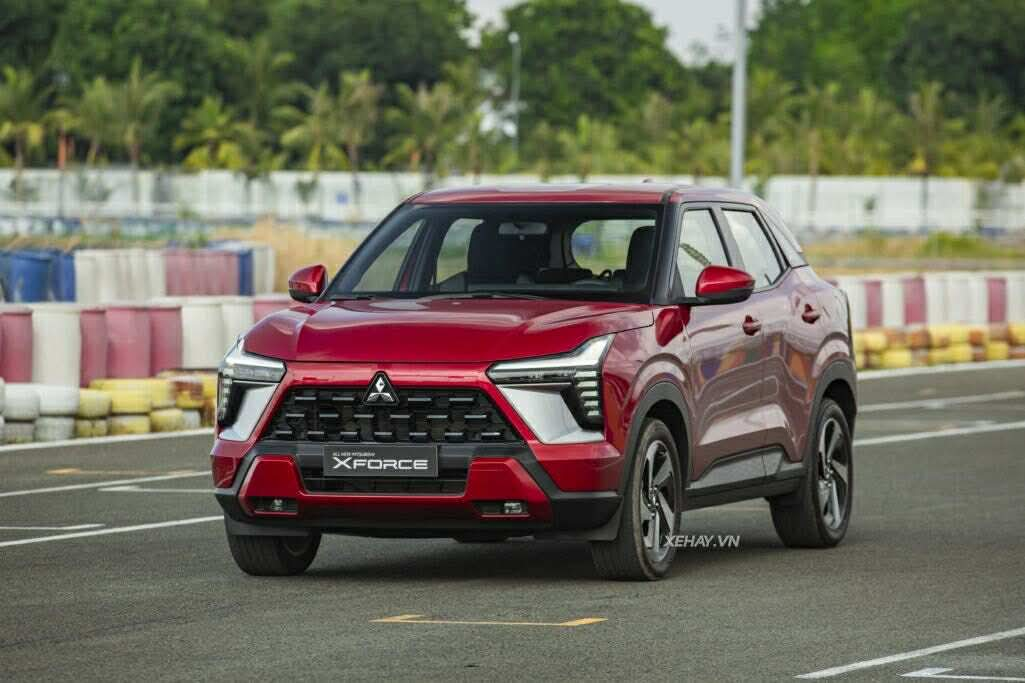The automotive industry in Vietnam is witnessing a shift towards online car-buying, with consumers, especially in urban areas, embracing the convenience of making deposits, configuring their vehicles, and even completing purchases digitally.
While the COVID-19 pandemic accelerated this transformation, it is not merely a temporary trend. It reflects a long-term shift in consumer behavior, with car buyers prioritizing convenience, transparency in information, and the ability to personalize their vehicles according to their unique needs.
Major brands are digitizing the car-buying journey
Mercedes-Benz Vietnam is at the forefront of this change, offering an online vehicle configuration platform that allows users to select their preferred paint colors, interior designs, and optional packages. This is followed by direct connections to dealerships for pricing and order finalization.
VinFast takes it a step further with an end-to-end digital process, including online deposits, vehicle delivery, software updates, and scheduling maintenance through a dedicated app. Instead of just buying a car, customers are now engaging with a “digital ecosystem of services,” where all after-sales experiences are digitized.
Hyundai, Kia, and Toyota Vietnam are also investing in virtual showrooms, enabling customers to “visit” the cars through 360-degree images, detailed video guides, and online consultants.
Personalization: The new touchpoint in automotive consumption
Alongside the shift to online platforms, there is a growing demand for personalization in the Vietnamese automotive market. Customers, especially those aged 25-40, are no longer satisfied with standard configurations and seek to express their individuality through unique details such as exclusive paint colors, custom interior stitching, personalized logo engravings, or tailored entertainment systems.
A survey by a Korean automaker revealed that 47% of buyers aged 25-40 are willing to pay extra to upgrade their vehicles according to their personal preferences. This presents an opportunity for car brands to increase revenue through optional upgrade packages, premium software services, or tailored after-sales amenities.
Challenges along the road to digitization
Despite the obvious potential, the trends of online car purchasing and personalization face some obstacles. For instance, the preference for physical interactions, such as test drives and in-person negotiations, remains prevalent, particularly among middle-aged or first-time car buyers. Incomplete digital infrastructure can lead to a disjointed experience between online and offline touchpoints. Additionally, data security concerns, unclear return policies, and post-purchase quality assurances are factors that may deter some consumers.
An irreversible trend
However, the widespread internet access, growing familiarity with e-commerce, and competitive pressures on brands to enhance their services make online car buying and personalization inevitable parts of future customer engagement strategies.
As the next generation of consumers, raised in the era of smartphones and e-commerce, enters the car-buying market, they will expect similar experiences to those they have when purchasing a phone or laptop: speed, transparency, personalization, and convenience.
The automotive consumption behavior in Vietnam is undeniably evolving. Online car buying and personalization are not just “post-COVID trends” but integral parts of the customer experience evolution in the digital age. Car brands that recognize and adapt to these changes, both technologically and psychologically, will gain a significant advantage in the race for future market share.
TH (Tuoitrethudo)





